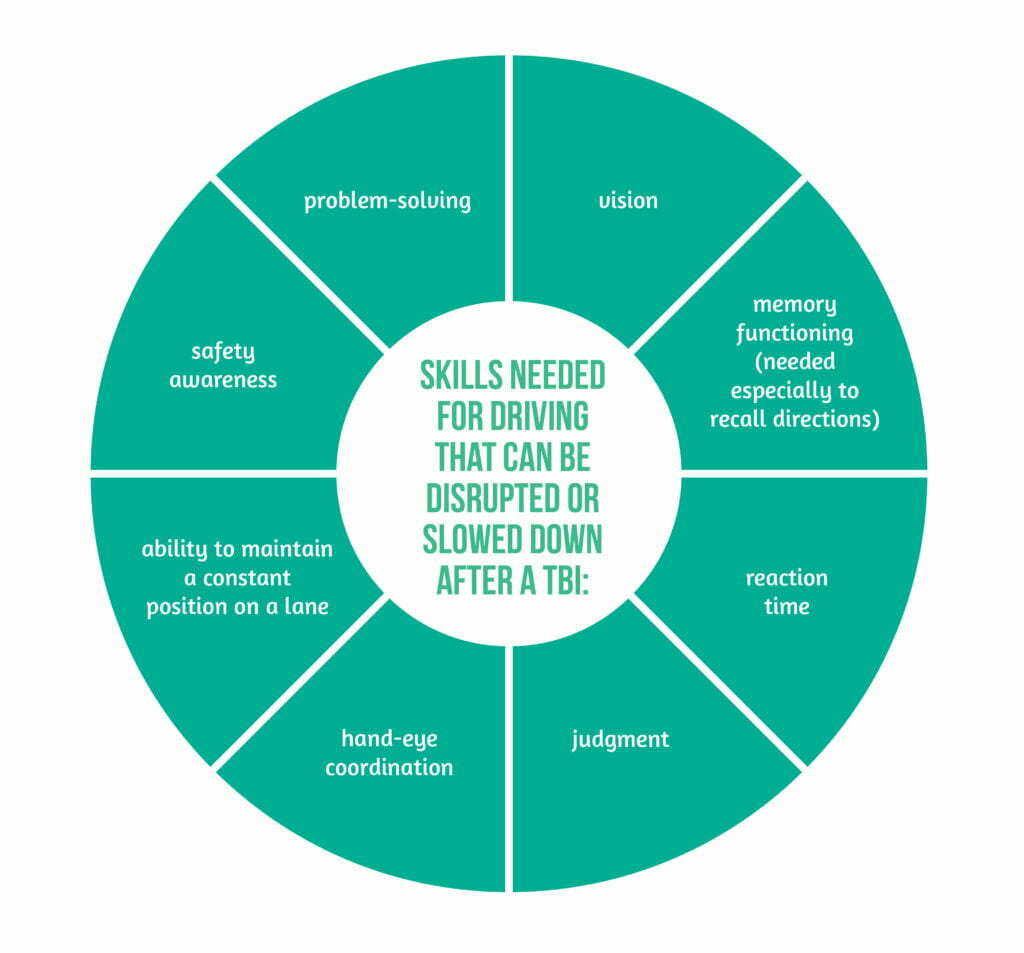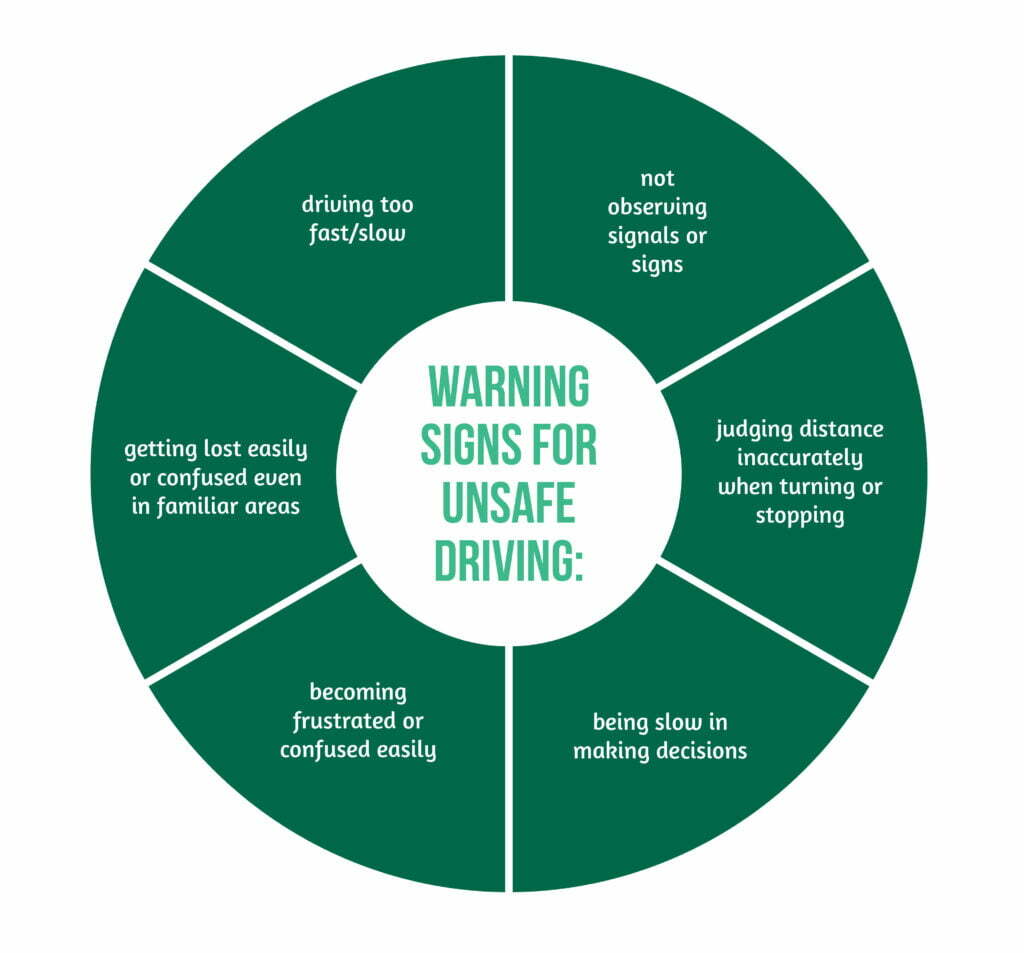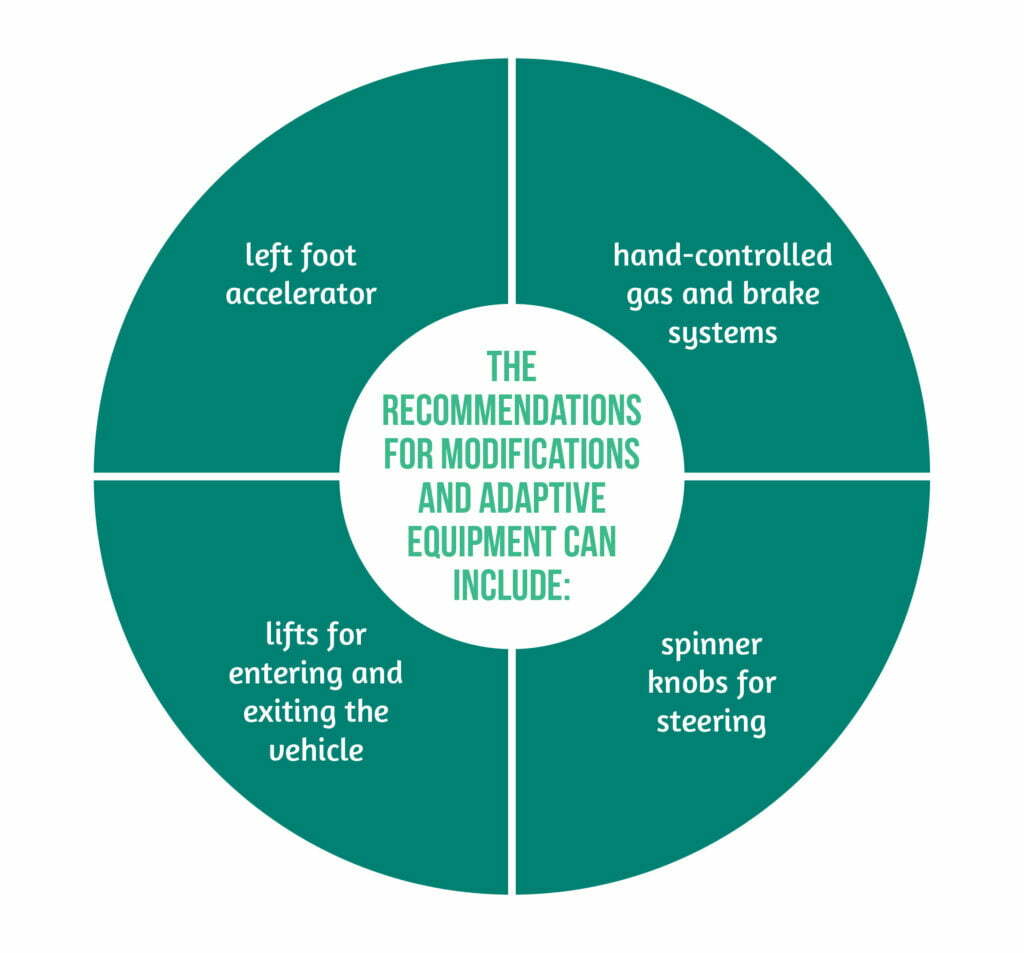Keywords: driving, TBI, vehicles
Focus keyword: driving
What do we know about driving after Traumatic Brain Injury?
Traumatic brain injury (TBI) is an important medical, public health, and social problem all around the world. TBI represents one of the most important causes of morbidity and mortality in young people and those above 65 years old, especially in high-income countries [1].
Due to the injuries suffered, patients might remain with motor, behavioral or cognitive deficits. For adults that are recovering after a TBI, it is very important to be able to return to driving motor vehicles [2]. In the United States, state guidelines influence returning to driving after a traumatic injury. For example, a third of states require reporting of any recurrent episodes of altered mental status [3].
Because people tend to take their driving skills for granted, it is easy to forget that driving is one of the most dangerous things to do in everyday life. Therefore, besides the patients, their families and doctors should contribute to the decision to resume driving after a brain injury [4].
For more information regarding TBI, visit:
- How can TBI patients’ caregivers manage stress?
- What is a traumatic brain injury?
- VENTILatOry Strategies in TBI: New Avenues for Acute Respiratory Distress Syndrome (ARDS) patients
How can driving be affected by TBI?
There are multiple skills needed for driving that can be disrupted or slowed down after a TBI, such as the ones in Figure 1.

Even mild thinking difficulties might add to the risk while driving, even if the patient is not aware of the problem.
Warning signs for unsafe driving are showcased in Figure 2.

What percentage of TBI patients return to driving?
Approximately 40%-60% of people suffering moderate to severe head injuries return to driving after their injury. They might place limitations on their driving habits in order to lessen the risk of crashes, such as driving less frequently than before the TBI, or driving only at certain times (during daylight), only on familiar routes, or in less traffic. A seizure suffered after a TBI might represent an obstacle in their path of returning to driving. Some states require a person to be free of seizure for at least 6 months before returning to driving. Every patient should check the state or country laws to see if they can return to driving [5].
How is driving training and evaluation done?
In order to determine one’s ability to resume driving after a brain injury, it is a crucial step to have a driving evaluation. Current research shows that there is room for improvement in evaluating patients after a TBI if they are able to drive so that the risk of possible accidents is minimized. Usually, a driving evaluation consists of two parts:
- Preliminary evaluation: a review of the patients:
- cognition
- reaction time
- judgment
- spatial and visual skills
- reasoning.
- On-the-road session: it can be done on the road or using a driving simulator in the presence of an evaluator. This is used to asses safe driving skills in different driving environments and basic driving skills while a patient uses the appropriate driving equipment [5].
Many people, after suffering a TBI, can return to driving and become competent, safe drivers when they are given the proper training. This serves to improve their driving skills, and sometimes it implies driving under the supervision of a driving evaluator. In specific cases, the training program can focus on specific skills, for example, a rapid understanding of visual information. Most often, training and evaluation are provided by professionals certified through the Association for Driver Rehabilitation (ADED). It is important to find the closest ADED professional in one’s region in order to make it as easy as possible for the one in need.
What are some other considerations for driving after a TBI?

If, after a TBI, the patient has a physical disability but a well-preserved cognitive function, then that person can resume driving. The recommendations for modifications and adaptive equipment can include the ones presented in Figure 3.
A person that suffers a TBI and wishes to resume driving must have a valid driver’s license. Some states request a formal evaluation performed by the licensing bureau before granting the person to resume driving after the injury. There might be different local regulations regarding licenses and insurance, and that is why it is necessary for the person to check before applying to resume driving.
Are there any other transportation options?
For patients not able to resume driving, there are other transportation methods. For example, public transportation, such as buses, can be used, or family members can help and provide transportation for the patient. Some communities might even assure public transportation specifically for disabled riders.
In conclusion, one should discuss with a health professional, a doctor, family members, or someone that he feels comfortable with if they should resume driving. In most cases, a professional evaluation is necessary in order to determine one’s ability to resume driving. The evaluation can determine if the person is fit to drive, needs more training or a vehicle modification before, or should further use other forms of transportation.
References
- Majdan M et al. Epidemiology of traumatic brain injuries in Europe: a cross-sectional analysis, Lancet Public Health 2016. doi: 10.1016/S2468-2667(16)30017-2.
- Capizzi A, Woo J, and Verduzco-Gutierrez M. ‘Traumatic Brain Injury’, Med. Clin. North Am. 2020. doi: 10.1016/j.mcna.2019.11.001.
- Tamietto M, Torrini G, Adenzato M, Pietrapiana P et al. ‘To drive or not to drive (after TBI)? A review of the literature and its implications for rehabilitation and future research’, NeuroRehabilitation 2006. Available at: https://pubmed.ncbi.nlm.nih.gov/16720941/
- Novack TA et al., ‘Return to Driving After Moderate-to-Severe Traumatic Brain Injury: A Traumatic Brain Injury Model System Study’, Arch. Phys. Med. Rehabil. 2021, doi: 10.1016/j.apmr.2021.02.006.
- ‘Driving After Traumatic Brain Injury | Model Systems Knowledge Translation Center (MSKTC)’. https://msktc.org/tbi/factsheets/driving-after-traumatic-brain-injury (accessed Jul. 27, 2022).





Driving after a traumatic brain injury (TBI) presents unique challenges, both legally and medically. As a lawyer, it’s crucial to emphasize that state guidelines often require reporting cognitive impairments or seizures, which directly affect one’s ability to safely drive. Patients and their families should be aware of the legal requirements for returning to driving, which may include medical evaluations or licensing bureau assessments. A comprehensive driving evaluation, focusing on cognitive and motor skills, can help ensure safety for the patient and others on the road. It’s essential to navigate this process carefully to comply with both medical recommendations and legal obligations.